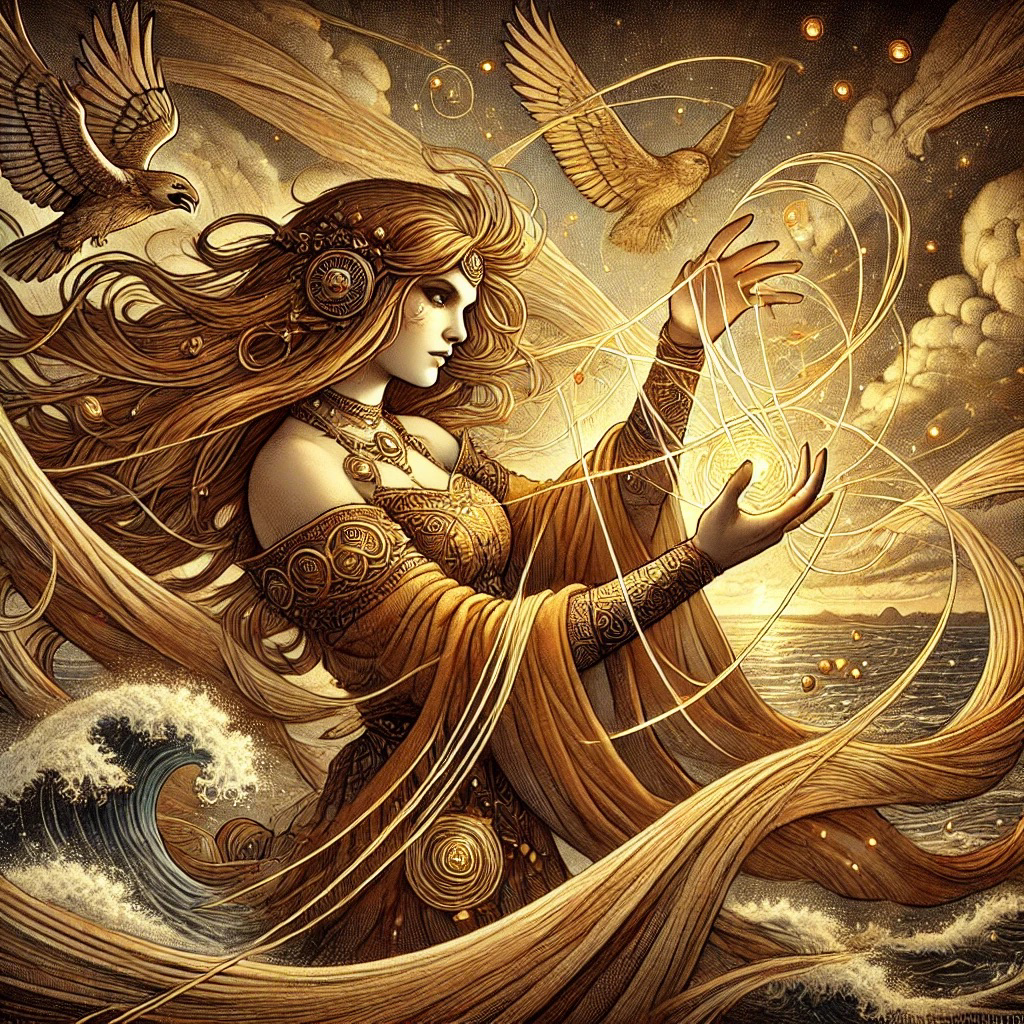In the vast and shadowy world of Slavic folklore, the figure of balso written as Đeman—looms as a spectral symbol of chaos, punishment, and inner conflict. Historically feared and often invoked in hushed tones, Deman was more than a supernatural being. He was a reflection of society’s darkest fears and an allegory for the human condition. Over time, the terrifying tales surrounding Deman evolved beyond bedtime warnings, becoming rich metaphors in literature, psychology, and popular culture.
This article dives deep into the origins, evolution, and cultural significance of Deman—tracing his path from myth to metaphor and showing how this mysterious entity continues to shape our understanding of fear, guilt, and morality.
1. Who—or What—Is Deman?
In Slavic mythology, Deman is often described as a malevolent entity—part spirit, part demon—who emerges during times of spiritual imbalance or moral decay. Unlike other demons associated with specific sins or locations, Deman’s role was more fluid and symbolic. He would appear:
-
In forests or fog-covered plains
-
At the edge of towns experiencing strife or scandal
-
To those who had committed grave injustices or betrayal
Traditionally, Deman was not always visible. He was said to manifest as an overwhelming presence—a chill in the air, an oppressive weight, a voice that mimicked one’s own thoughts. In some stories, he whispered confessions into the ears of the guilty, leading to madness or self-destruction.
2. The Linguistic Roots of “Deman”
The word “Deman” shares etymological ties with terms for judgment, darkness, or spirits in various Slavic languages. It may derive from an old Slavic root word similar to:
-
“Duma” (думать): to think or reflect (hinting at internal struggle)
-
“Demon”: an obvious comparison drawn from Greek “daimon”—but reimagined in Slavic culture as an internal force rather than an external tormentor
-
“Đavo” or “Đavođeman”: hybrids of devil-like figures in Serbian and Croatian folklore
This linguistic heritage reinforces the idea that Deman was never just a monster—he was a mirror.
3. Deman in Folktales and Oral Traditions
In villages across Eastern Europe, particularly in Serbia, Bosnia, and parts of Ukraine, Deman stories served as moral warnings.
One popular tale recounts a young boy who stole from the local church. That night, he heard a second heartbeat in his chest. As days passed, he couldn’t sleep or eat. He would hear whispers at night: “Tell them what you did.” The village elder, upon hearing this, declared, “Deman walks with him now.” The boy confessed, but it was too late. He died the next night—his soul claimed, not for the sin, but for the silence.
Such stories taught children that Deman punishes not just action, but suppression of truth. He haunted people into confrontation with their own conscience.
4. From Demon to Diagnosis: Deman in Psychology
By the 20th century, folkloric archetypes like Deman began influencing psychology. Carl Jung’s concept of the “shadow self”—the unconscious part of the personality containing repressed weaknesses and desires—echoes Deman’s function in mythology.
De-man became symbolic of:
-
Repressed guilt
-
Moral dissonance
-
Self-destructive behavior caused by denial
In Slavic literature and post-war psychiatric studies, some therapists described severe guilt or shame-induced hallucinations as “being chased by Deman.” While metaphorical, the expression acknowledged the cultural power of this ancient figure.
5. De-man in Modern Literature and Art
Contemporary Slavic writers and filmmakers have reimagined De-man as a ghost of war, trauma, or political corruption.
-
“Whispers of Deman” (Serbian short film, 2014): A psychological horror exploring the effects of intergenerational trauma in a small village.
-
Paintings by Vera Andric (2018): Abstract series titled “De-man Within” featuring distorted faces and dark symmetry to represent internal battles.
These portrayals depict Deman not as a singular monster, but as a collective burden—carried by nations, communities, and individuals.
6. Cultural Interpretations: Beyond Fear
Unlike the Christian devil or Islamic jinn, De-man isn’t evil for evil’s sake. He acts as:
-
A psychological awakener: Forcing truth or collapse
-
A karmic force: Reacting to imbalance
-
An ethical judge: Highlighting the cost of moral apathy
In some folk interpretations, appeasing De-man didn’t require violence or rituals—but honesty. A confession, a sacrifice for the community, or a righteous act could make him vanish.
7. The Symbol of Deman Today
In modern usage, “Deman” is sometimes used figuratively:
-
“He has a Deman to face” = He has unresolved guilt or a painful truth
-
“Whispers of Deman” = Lingering doubts or repressed memories
-
“A De-man-infested place” = A corrupt or morally tainted institution
These phrases carry cultural weight—particularly in post-Soviet countries, where the ghost of historical trauma still looms.
In psychological workshops and spiritual retreats in Eastern Europe, “facing your De-man” has even become a therapeutic metaphor.
8. SEO and Global Relevance of “De-man”
From an SEO perspective, search interest in “De-man” has grown due to:
-
Folklore revival in media (films, games, TV shows)
-
Interest in Jungian psychology and symbolism
-
Cultural tourism to Eastern Europe
-
Academic research into myth and trauma
Keywords connected to De-man include:
-
Slavic folklore demons
-
Jungian archetypes shadow
-
Balkan mythology
-
Folklore in modern therapy
-
Mythology and mental health
These themes cross into global discussions on mental health, spirituality, and cultural heritage, making De-man a fertile topic for blogs, podcasts, and YouTube content.
Conclusion:
De-man is not just a character from forgotten tales. He is the manifestation of what we avoid—truths we suppress, wrongs we won’t admit, histories we pretend never happened. Whether you see him as myth, metaphor, or memory, De-man lives on in the spaces where silence breeds suffering.
And maybe, in understanding him, we understand ourselves a little better.






